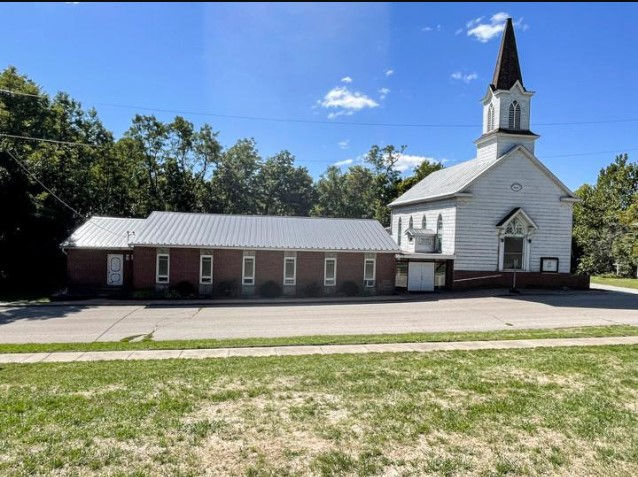Finding Nauvoo
- Joseph Johnstun
- Oct 2, 2023
- 1 min read
Updated: Mar 23, 2024
After their expulsion from Missouri in 1838-39, many Latter-day Saints traveled east through the new Iowa Territory. Israel Barlow was among that number, and was charged with locating a new gathering place for the Church. He met Isaac Galland who held claim to land on both sides of the Mississippi River.
Latter-day Saint leaders purchased property from Galland, Hugh White (James White’s son), and others in spring 1839, and quickly began settling on both sides of the Mississippi River. The land was soon surveyed and platted. In summer 1839, George W. Robinson suggested the expanded settlement of
Commerce be renamed “Nauvoo” (pronounced NAW-vew), a Hebrew word (וואנ) conveying the idea of beautiful, pasture, rest, or repose.
Malaria was prevalent in the Mississippi Valley, and hit the population of Nauvoo particularly hard. On July 22, 1839, Joseph Smith reflected on Jesus Christ healing people in His day, and reasoned if Christ had power then, His power must still heal. Smith then went from tent to tent, healing all he came in contact with. As men were healed, he encouraged them to exercise Christ’s power and do the same for others.


Comments